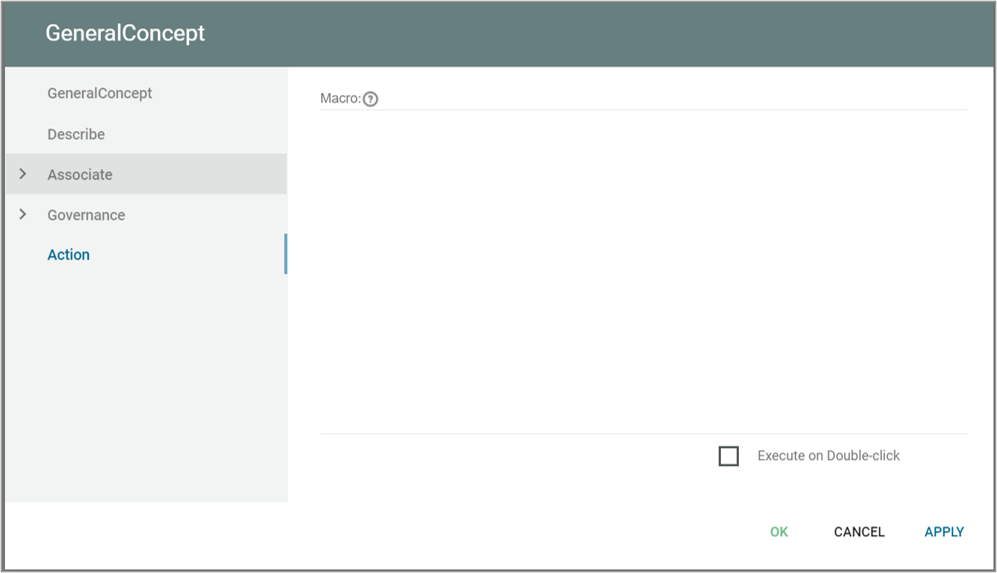The starting point of the activity flow. It’s where the flow begins and is represented by a filled black circle.
Template Type: Symbols
Information Concept
The Information concept refers to the activities that involve the creation, processing, and dissemination of information, including data, knowledge, and other forms of intelligence that are essential to support the primary and support activities of the value chain. This can include activities such as market research, product design and development, order processing, logistics and distribution, customer service, and other activities that require the use of information to create value for customers and stakeholders.
Information System
The information system symbol describes the various components of a system that are used to collect, process, store, and transmit information. An information system is a set of interrelated components that work together to support the creation, storage, processing, and dissemination of information within an organization.
In a diagram the information system symbol would be used to represent the various elements of a company’s information technology infrastructure, including hardware, software, databases, networks, and other components. The symbol might be used in a high-level architectural diagram, for example, to show the relationships between the different components of the information system and how they support the operations of the company.
For example, the symbol might be used to represent a company’s enterprise resource planning (ERP) system, which is used to manage a wide range of business processes, such as accounting, human resources, and supply chain management. In this context, the symbol would be connected to other symbols, such as “databases” or “business processes,” to show how the information system supports the operations of the company.
Implementation Event : ArchiMate
A state change related to implementation or migration. The name of an implementation event should preferably be a verb in the perfect tense; e.g., “project initiation phase completed”.

Idea
In an Innovation Canvas, the “Idea” symbol represents a specific concept or solution that could potentially address a particular problem or opportunity. This symbol is depicted as a lightbulb.
The Idea symbol is used to capture and communicate a creative solution or approach that may be developed further into a tangible product, service, or business model. It may include a brief description of the concept, as well as any unique features or benefits that distinguish it from other ideas.
Group
In a business process diagram, the symbol “Group” is used to represent a grouping of related activities. It is a visual element that can be used to organize a process into smaller components or subprocesses, each with its own set of activities and decisions.
The Group symbol is typically used to improve the readability of a complex process diagram by breaking it down into smaller, more manageable pieces. It can also be used to visually differentiate different parts of the process or to indicate areas of responsibility.
Goal
A goal refers to a desired end-state or outcome that a process, workflow, or journey is meant to achieve. It is the objective or purpose of a given activity or set of activities. Goals provide a clear and concise representation of what an organization is trying to achieve.
For example, in a customer journey map, goals might include improving customer satisfaction, increasing sales, or reducing churn. By representing goals in a diagram, organizations can better understand the desired outcomes of their processes, workflows, and journeys and to align their efforts and resources accordingly.
General Concept
The General Concept template can be used as a generic symbol to show an image on a diagram, and it is possible to associate macros to the object.

Fork Node
Splits a single flow into multiple concurrent flows, enabling parallel execution.
Flow Final Node
Ends a specific flow path without terminating the entire activity. Useful for conditional exits.